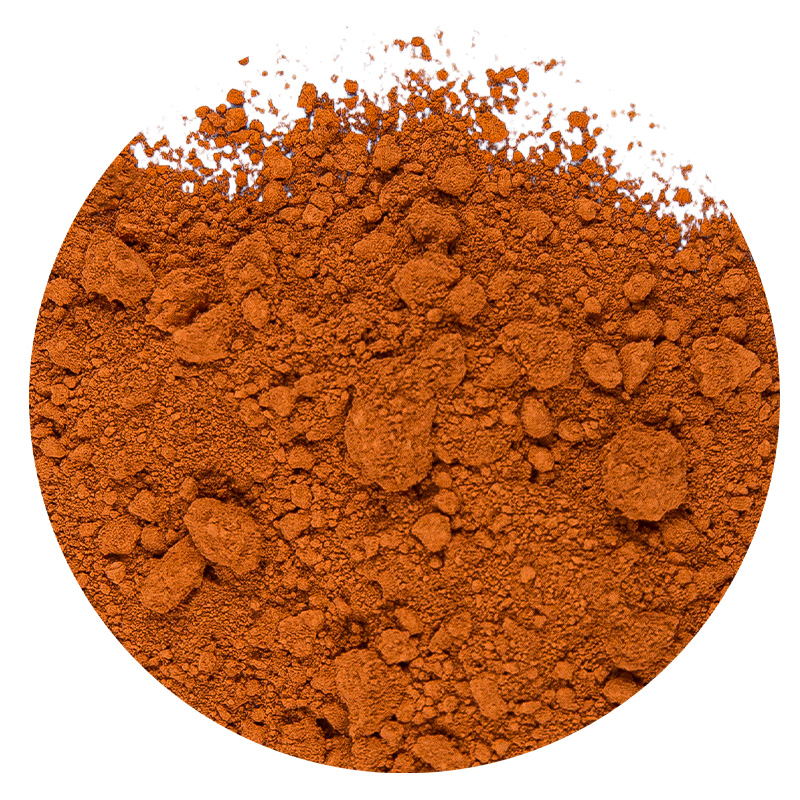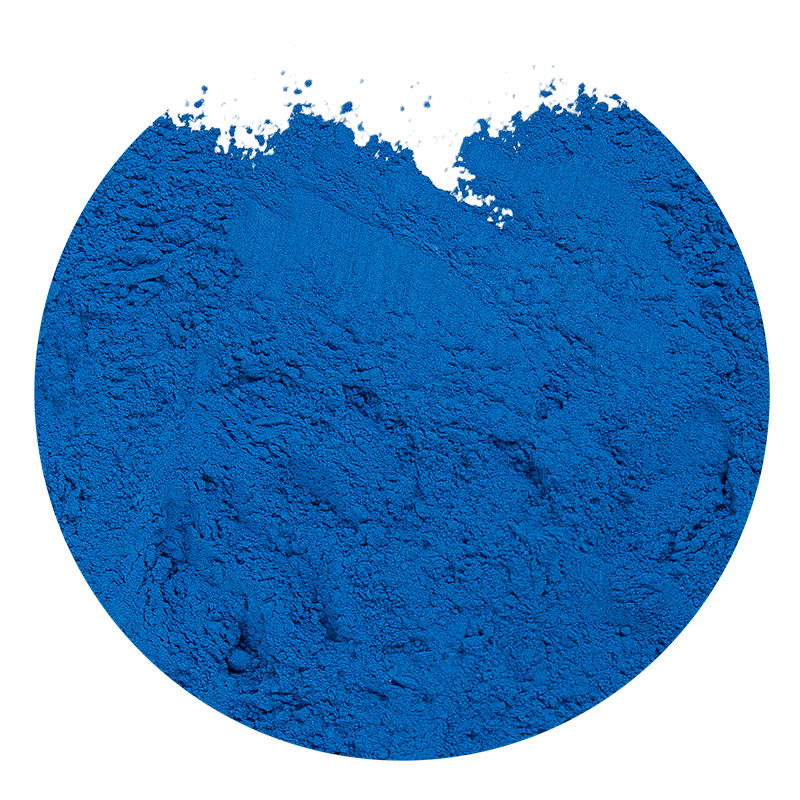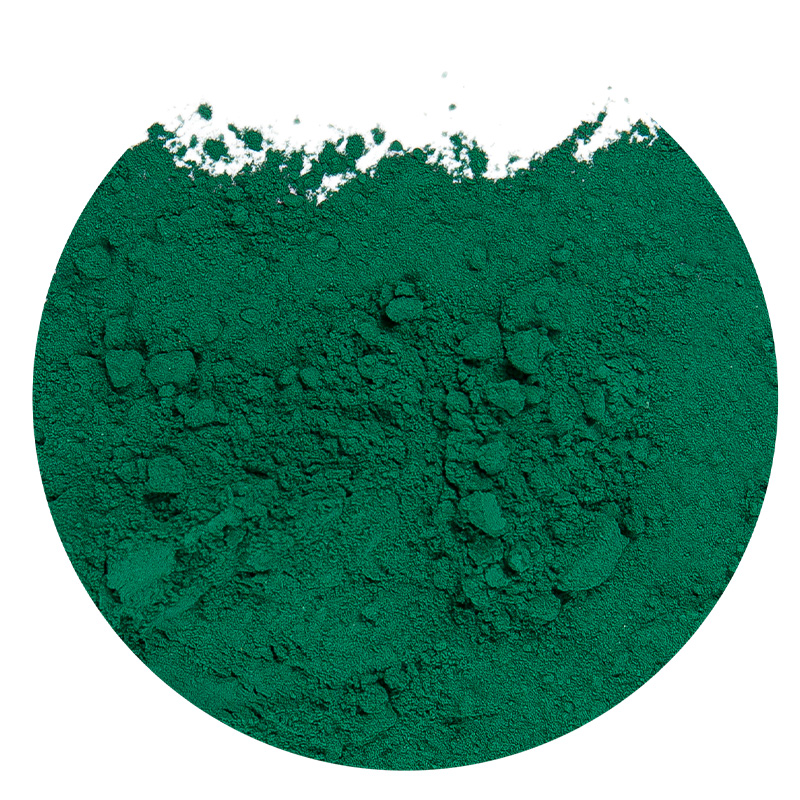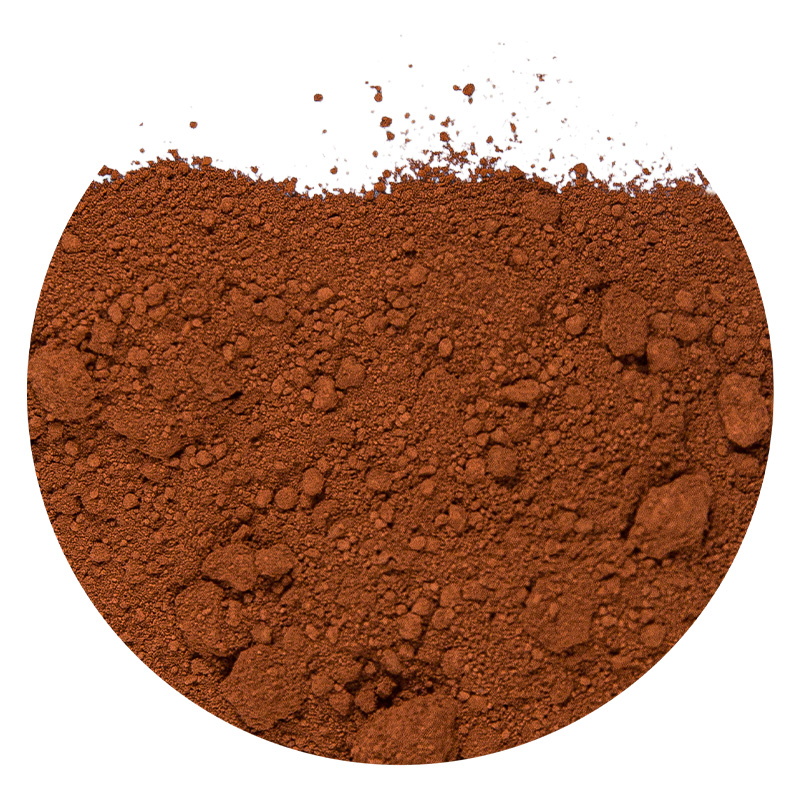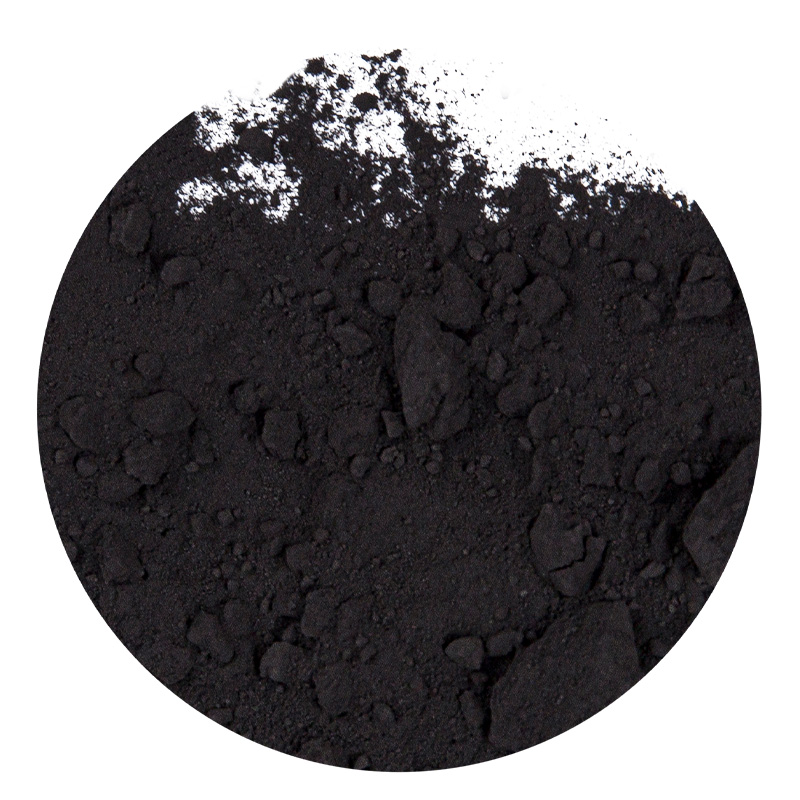Iron Oxide Orange: The Rising Star in Sustainable Pigments and Industrial Applications
What Makes Iron Oxide Orange a Unique Pigment?
Iron Oxide Orange, also known as ferric oxide, is a naturally occurring or synthetically produced pigment renowned for its vibrant hue and durability. Unlike organic pigments, it offers exceptional lightfastness and chemical stability, making it ideal for long-lasting applications. The growing demand for eco-friendly construction materials has significantly boosted its popularity in recent years.
1.1 Chemical Composition and Properties
Iron Oxide Orange primarily consists of Fe2O3, with variations in crystal structure affecting its shade intensity. Key properties include:
- Heat resistance up to 1200°C
- UV stability surpassing organic alternatives
- Non-reactive with most solvents and alkalis
1.2 Natural vs Synthetic Production
While naturally sourced iron oxide exists, synthetic production dominates the market due to consistent quality control. The table below compares both types:
| Parameter | Natural Iron Oxide | Synthetic Iron Oxide |
|---|---|---|
| Purity | 85-92% | 96-99% |
| Color Consistency | Variable | Highly uniform |
| Production Cost | Lower | Higher |
| Environmental Impact | Higher (mining) | Controlled process |
Industrial Applications of Iron Oxide Orange
The versatility of this pigment extends across multiple industries, particularly where durable coloring for concrete is required. Its inorganic nature prevents fading even under harsh environmental conditions.
2.1 Construction Industry Uses
Approximately 65% of global iron oxide pigment production serves construction applications:
- Integral coloring for precast concrete
- Surface coatings for architectural elements
- Pigmented mortars and paving stones
2.2 Emerging Applications in Coatings
Beyond construction, heat-resistant paints using iron oxide are gaining traction in industrial equipment manufacturing. The pigment's refractory properties make it superior to organic alternatives for:
- Factory machinery coatings
- Automotive underbody protection
- Marine anti-corrosion systems
Environmental Advantages Over Alternative Pigments
As sustainability becomes paramount, Iron Oxide Orange stands out for its non-toxic pigment options in manufacturing. Unlike cadmium or chromium-based pigments, it poses minimal environmental risks.
3.1 Lifecycle Analysis
Independent studies show iron oxide pigments have:
- 50% lower carbon footprint than organic alternatives
- Zero VOC emissions during application
- Complete recyclability in most applications
3.2 Regulatory Compliance
This pigment meets stringent international standards including:
| Regulation | Compliance Status |
|---|---|
| REACH (EU) | Fully compliant |
| EPA TSCA (US) | Listed as safe |
| China GB Standards | Class A certification |
Technical Specifications and Quality Standards
Manufacturers seeking high opacity iron oxide must understand key performance metrics that differentiate premium grades.
4.1 Critical Quality Parameters
Premium grades typically exhibit:
- Opacity values ≥ 98% at 50μm thickness
- Particle size distribution of 0.2-0.8μm
- Oil absorption between 15-25g/100g
4.2 Testing Methodologies
Standardized tests include:
| Test | Method | Target Value |
|---|---|---|
| Lightfastness | ISO 105-B02 | Grade 7-8 |
| Weathering | ASTM G154 | 1000h no change |
| Heat Stability | DIN 53772 | 300°C/2h |
Future Market Trends and Innovations
The growing demand for iron oxide in ceramic glazes indicates expanding applications beyond traditional markets. Research focuses on enhancing functionality through nanotechnology.
5.1 Nanoscale Innovations
Recent developments include:
- Surface-modified nanoparticles for improved dispersion
- Hybrid organic-inorganic formulations
- Photocatalytic variants for air purification
5.2 Market Growth Projections
Industry analysts predict:
| Segment | 2025 Projection | CAGR |
|---|---|---|
| Construction | $1.2B | 5.2% |
| Coatings | $780M | 6.8% |
| Plastics | $420M | 4.5% |

 English
English عربى
عربى русский
русский Español
Español